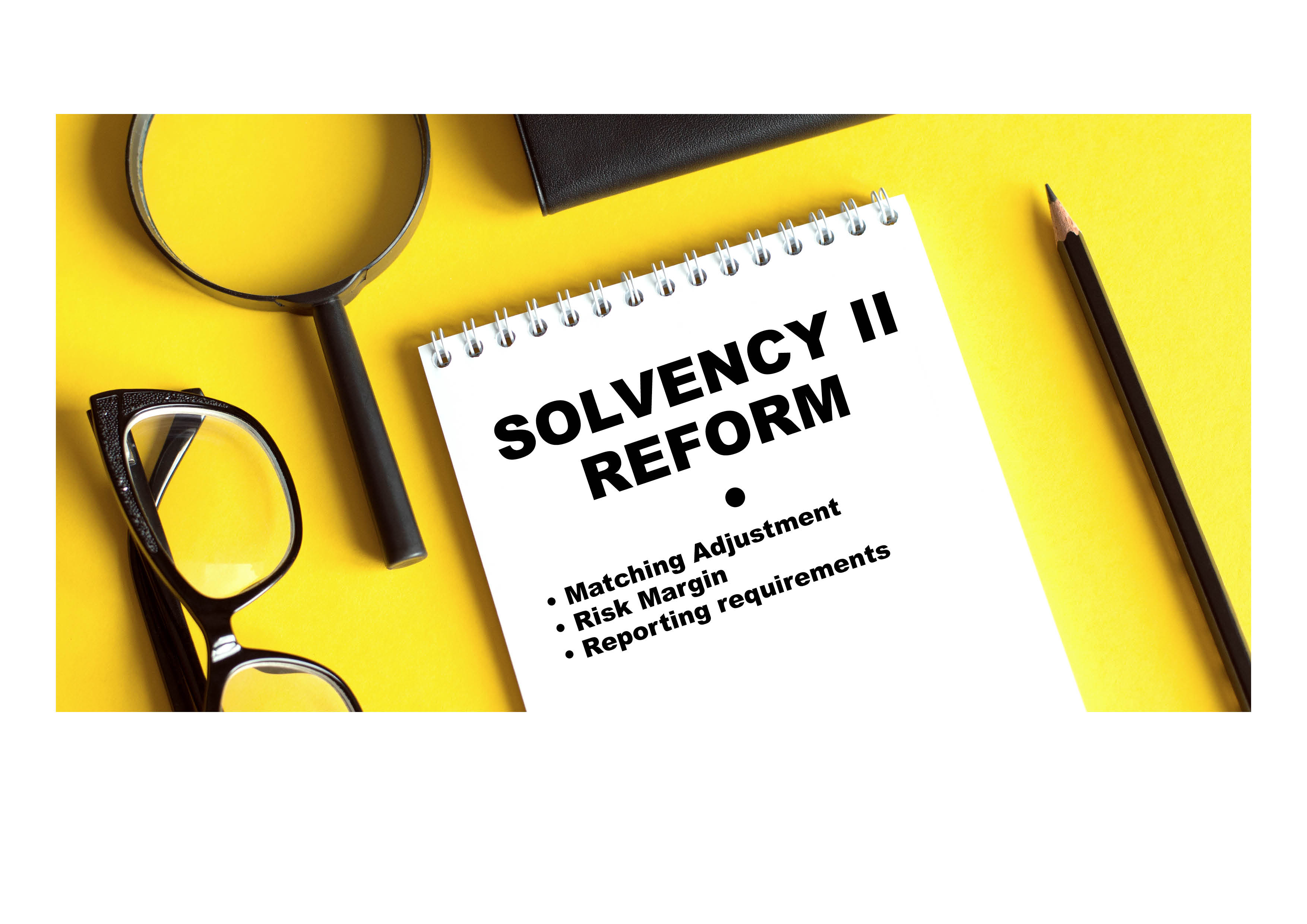Sam Woods, chief executive of the Prudential Regulation Authority, attempted to put the tense and sometimes fractious debate about post-Brexit reforms to Solvency II to bed with a conciliatory speech on the eve of this week’s Association of British Insurers' annual conference.
He said it was time “to move on from the debate to implementation”, pledging to implement the reforms in stages “rather than a big bang implementation”, writes Contributing Editor David Worsfold.
Woods (pictured) said he hoped the focus could now switch away from arguments about the risk margin and fundamental spread to the primary focus of the reforms which are competitiveness and growth.
In particular, he said the Treasury and the PRA had to move on from their very public clashes over the fundamental spreads required to calculate matching adjustments, with some seeing a threat by the PRA in its recent comments to defy the government:
 “Let me say very clearly and simply that we will not do this. If Parliament agrees to calibrate the fundamental spread in a certain way, and with arguments for and against that having been set out fully in the public domain, then it would be wrong for us to reverse that through the back door.”
“Let me say very clearly and simply that we will not do this. If Parliament agrees to calibrate the fundamental spread in a certain way, and with arguments for and against that having been set out fully in the public domain, then it would be wrong for us to reverse that through the back door.”
The reforms will be introduced in two stages with consultations expected to be launched in June and October on a “significant streamlining of the rules” for internal model approvals and widening the range of assets that are eligible for the matching adjustment. They will include proposals to open the UK insurance market byraising the threshold at which firms are required to enter the Solvency UK regime lowering the barriers to entry for new insurers.
The reforms will also remove reporting requirements that are now deemed unnecessary for the UK marketfollowing Brexit.
He gave a few hints about how the PRA expects to deal with this complex range of issues, expanding on his reassurance that insurers will be given time to implement the reforms in manageable phases:
“We are looking hard at what we can do to ensure we deliver some reforms as quickly as possible, while also giving time for adequate consultation on others.
“Discussions with colleagues in the Treasury about precise timings are ongoing, but at this point our broad expectation is that we will publish a first consultation on some of the topics… in June, followed by a second consultation, on those areas that will benefit from more time for industry engagement to make sure we can get the details right, in September.
“We are also mindful that for some changes, firms will need advance notice to prepare, but we expect that these consultations will give firms a good sense of how the detailed regime will operate. In particular, it means that firms will have a very good sense well before the end of 2023 of how we expect the new regime to operate, so that they can begin to adapt their investment plans as soon as they wish.”

